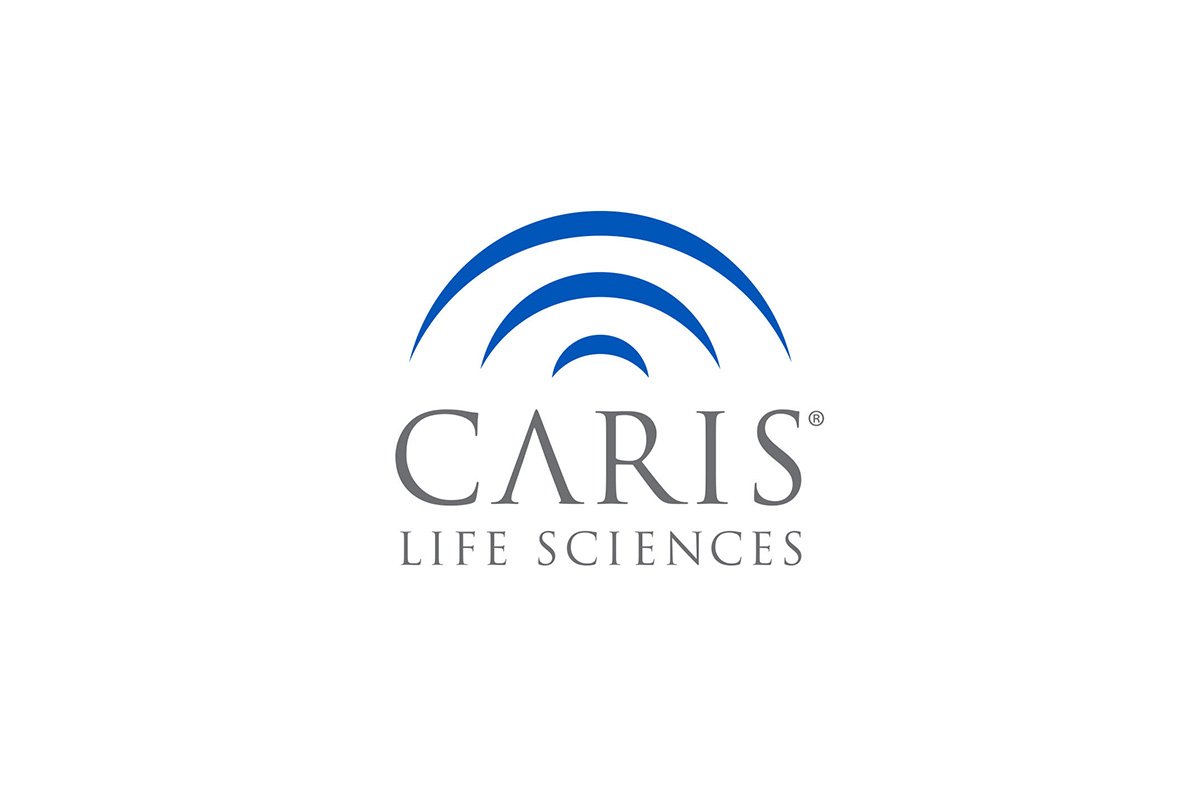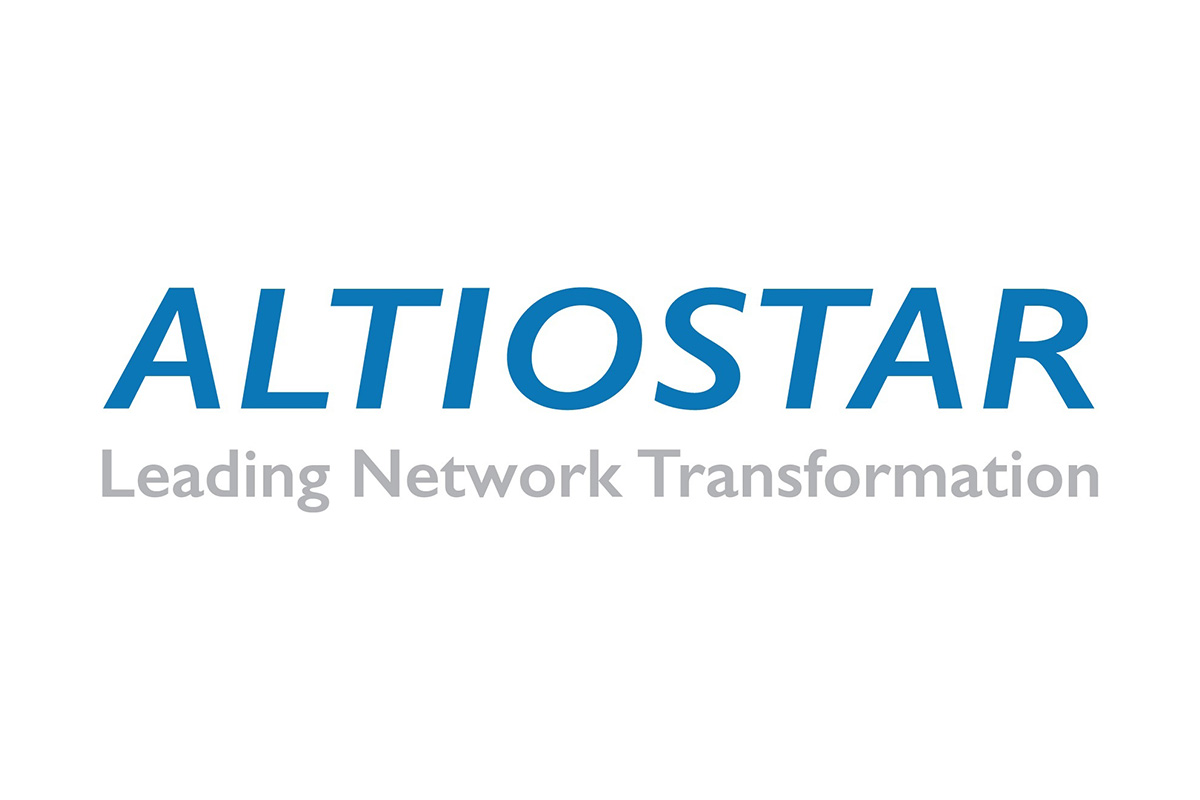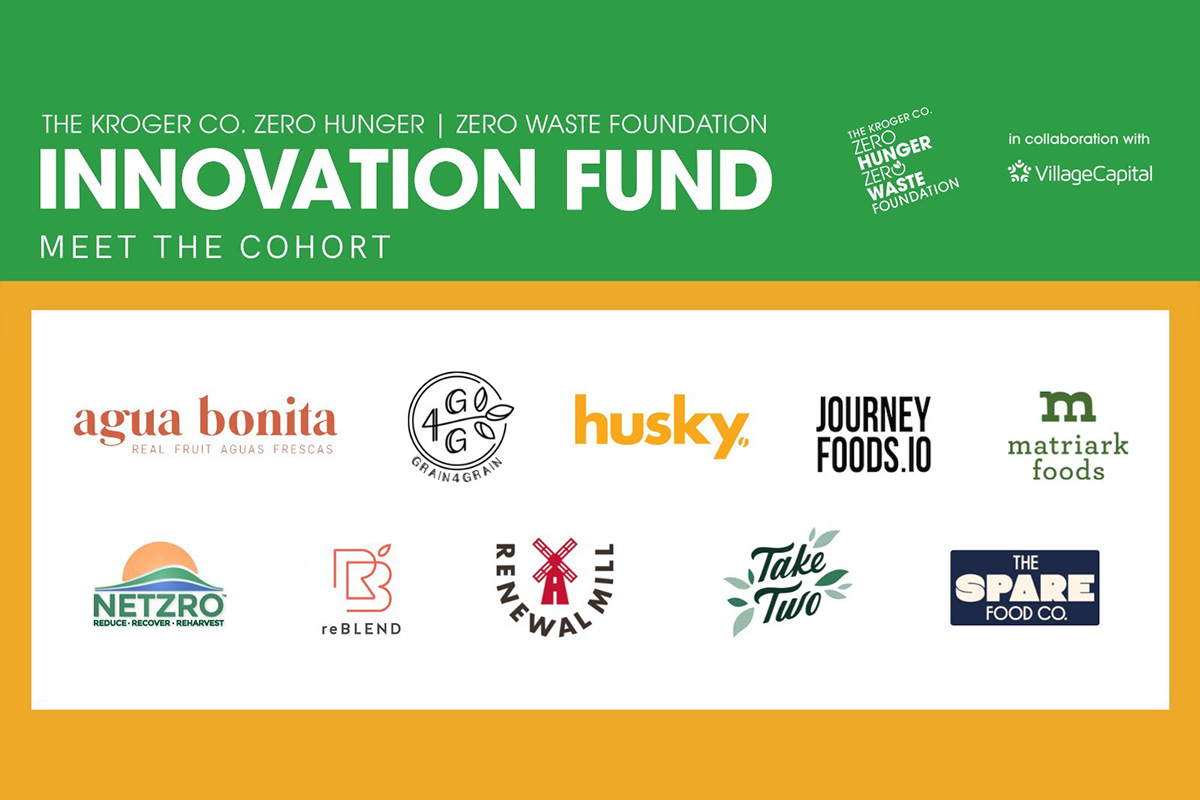MediaTek today announced the new Dimensity 900 5G chipset, the latest addition to its Dimensity 5G family. The Dimensity 900 chipset, built on the 6nm high-performance manufacturing node, supports Wi-Fi 6 connectivity, ultra-fast FHD+ 120Hz displays and a 108MP main camera for an all-around incredible experience.
“Dimensity 900 brings a suite of connectivity, display and 4K HDR visual enhancements to high-tier 5G smartphones and gives brands great design flexibility for their 5G portfolios,” said Dr. JC Hsu, Corporate VP and GM of MediaTek’s Wireless Communications Business Unit. “The chipset’s support for 5G and Wi-Fi 6 ensures users get the most of out their devices with super-fast and reliable connectivity.”
The Dimensity 900 chipset is integrated with a 5G New Radio (NR) sub-6GHz modem with carrier aggregation and support for bandwidth up to 120MHz. The chipset is equipped with an octa-core central processing unit (CPU) consisting of two Arm Cortex-A78 processors with a clock speed of up to 2.4GHz and six Arm Cortex-A55 cores operating at up to 2GHz. Dimensity 900 supports flagship LPDDR5 memory and UFS 3.1 storage, and can adapt to a 120Hz screen refresh rate, bringing excellent performance improvements and a seamless experience to 5G mobile devices.
The chipset also integrates an Arm Mali-G68 MC4 graphics processing unit (GPU), along with an independent artificial intelligence (AI) processing unit (APU) that delivers optimal power efficiency for extended battery life. The 3rd generation of MediaTek’s AI processing unit is extremely power-efficient to support a wide variety of AI applications and 4K high definition resolution (HDR).
Key cutting-edge technologies integrated into the Dimensity 900 include:
- MediaTek’s Imagiq 5.0: The chipset integrates a flagship-class, HDR-native image signal processor (ISP) and incorporates a unique hardware-accelerated 4K HDR video recording engine. This supports up to four concurrent cameras and up to 108MP sensors.
- MediaTek’s MiraVision: The chipset packs upgraded video capabilities from a standard dynamic range (SDR) to HDR with real-time enhancements of HDR10+ video playback to improve color and contrast of content.
- Premium AI-Camera Enhancements: Smartphones powered by the Dimensity 900 will capture every detail with support for up to 108MP cameras with 32M at 30fps and multi-camera options such as 20+20MP. The chipset integrates our AI processing unit with ultra-efficient INT8, INT16 and accurate FP16 capabilities to deliver premium and super precise AI-camera results.
- Advanced Connectivity: Dimensity 900 supports dual-SIM 5G standby function, 5G SA/NSA networking and dual-SIM VoNR voice services. This chipset integrates 2×2 MIMO Wi-Fi 6 connection, Bluetooth 5.2 and GNSS.
- Smooth Gaming: Dimensity 900 supports MediaTek’s HyperEngine gaming engine. Advanced uninterrupted call technology supports gaming and dual-SIM calls at the same time, along with the 5G high-speed rail and super hotspot game modes.
MediaTek’s Dimensity 5G series brings smartphones an unrivaled combination of connectivity, multimedia, AI and imaging innovations – powering premium and flagship devices with the Dimensity 1000, 1100 and 1200 families, as well as a range devices with the Dimensity 700, 800 and 900 families for the broader global market.
The Dimensity series supports every connectivity generation from 2G to 5G, as well as the latest connectivity features including 5G standalone (SA) and non-standalone (NSA) architectures, 5G two carrier aggregation (2CC) across frequency division duplex (FDD), time division duplex (TDD), dynamic spectrum sharing (DSS), True Dual SIM 5G (5G SA + 5G SA) and Voice over New Radio (VoNR).
The new MediaTek Dimensity 900 will power devices that are expected to be launched in the global market in Q2 2021.
For full specifications and further details on MediaTek’s Dimensity 900, please visit: https://i.mediatek.com/mediatek-5g



 (POA). The POA is a collaborative network of leading cancer centers that work together to advance comprehensive cancer profiling and establish standards of care for molecular testing in oncology through research focused on predictive and prognostic markers that improve the clinical outcomes of patients with cancer.
(POA). The POA is a collaborative network of leading cancer centers that work together to advance comprehensive cancer profiling and establish standards of care for molecular testing in oncology through research focused on predictive and prognostic markers that improve the clinical outcomes of patients with cancer.

 , the Agricultural Films Market is projected to reach
, the Agricultural Films Market is projected to reach 
 , the market is estimated to be
, the market is estimated to be 


 , the global Construction Films Market is expected to grow from
, the global Construction Films Market is expected to grow from 
 Ignition
Ignition
 , upcycled spent grain from beer production, to craft our products, including a line of nutritious barley milks.
, upcycled spent grain from beer production, to craft our products, including a line of nutritious barley milks.